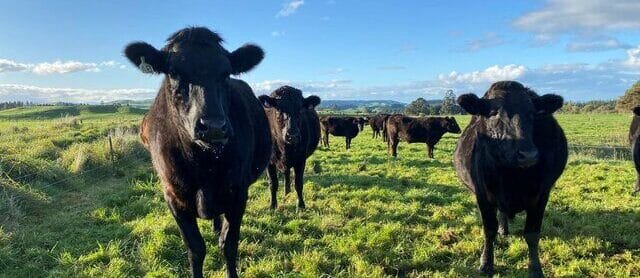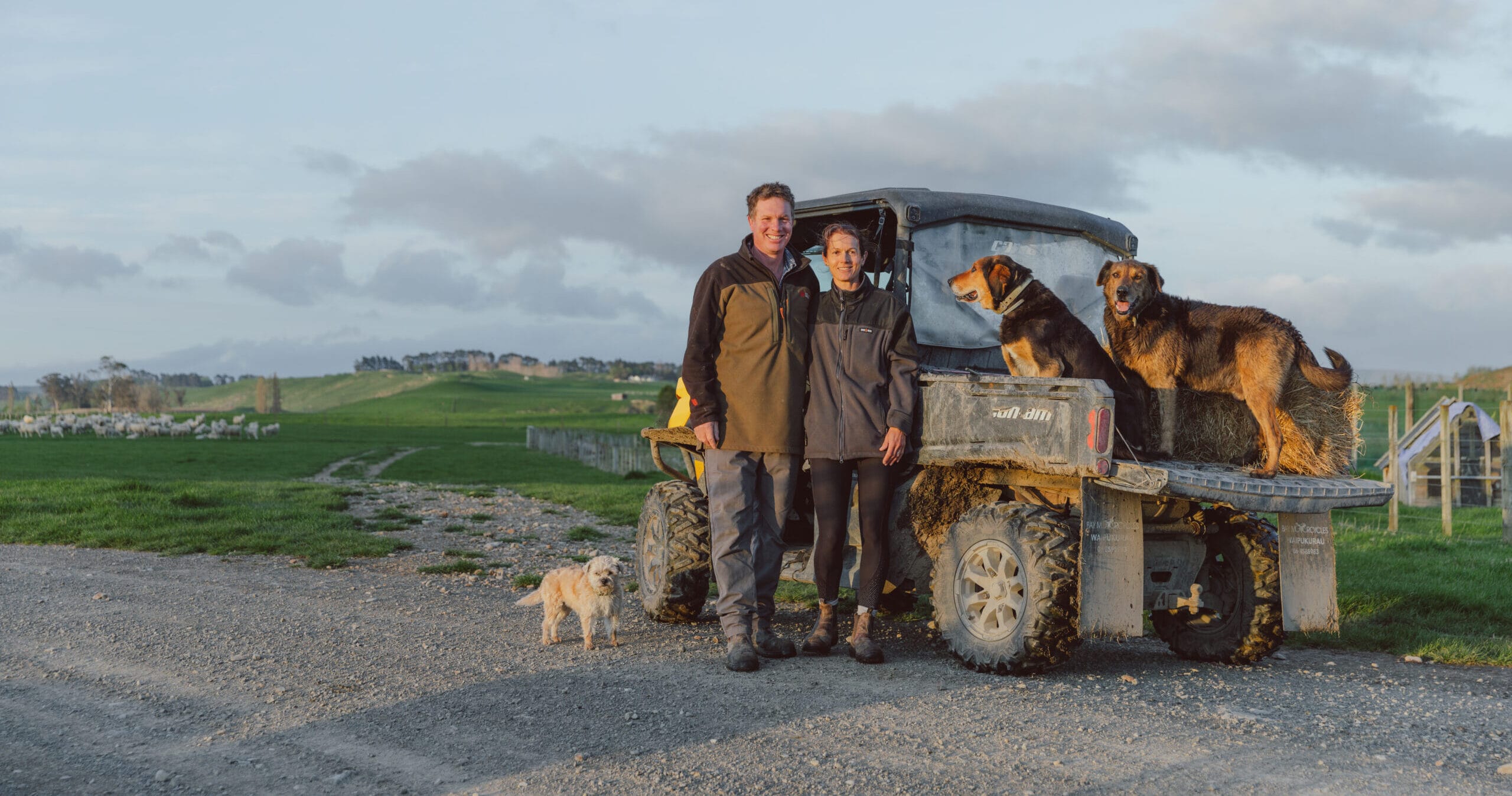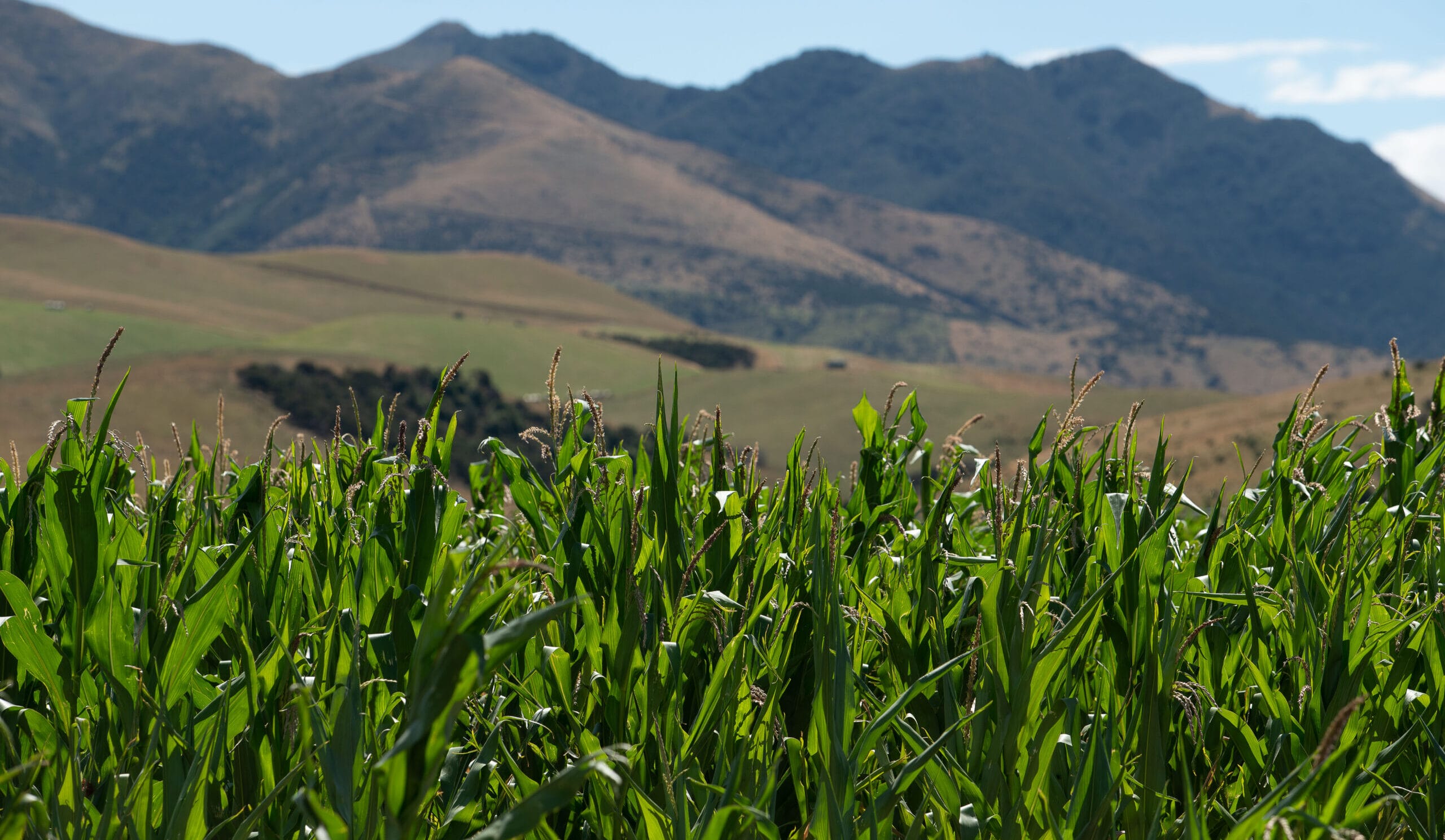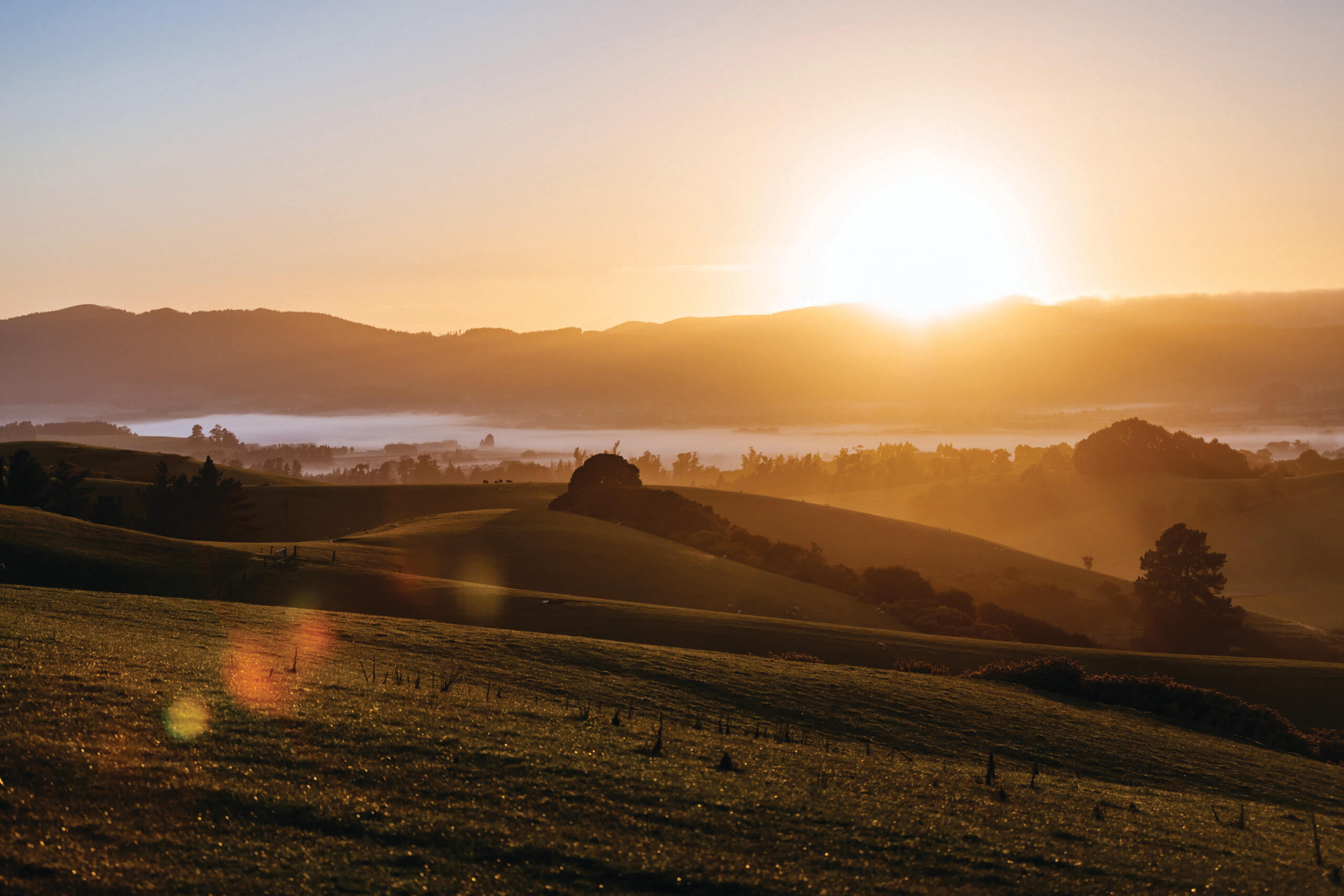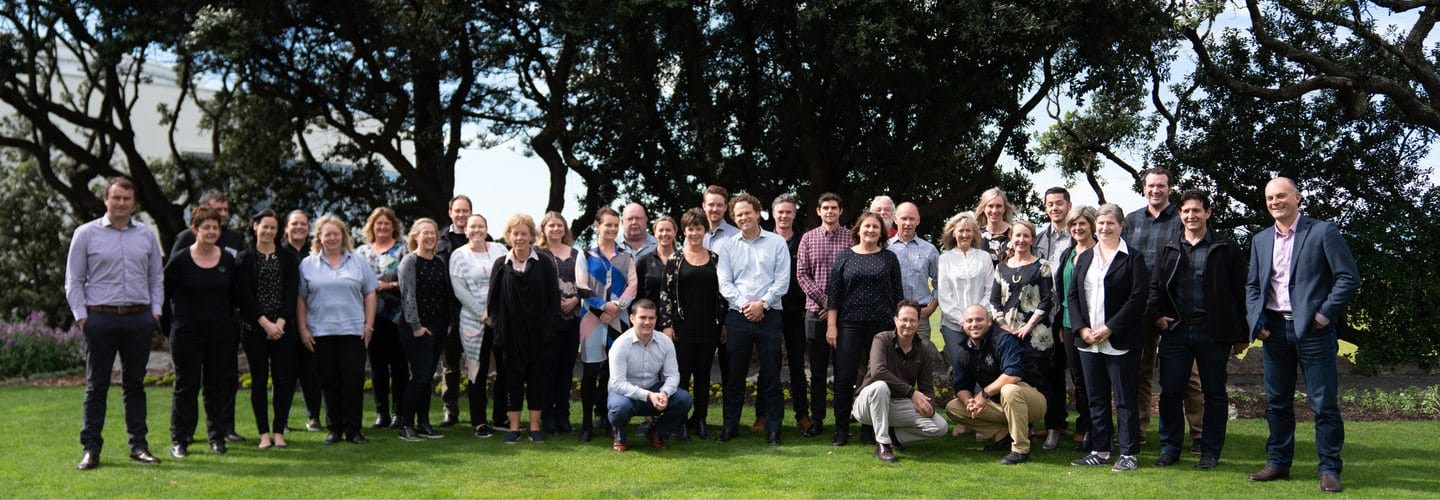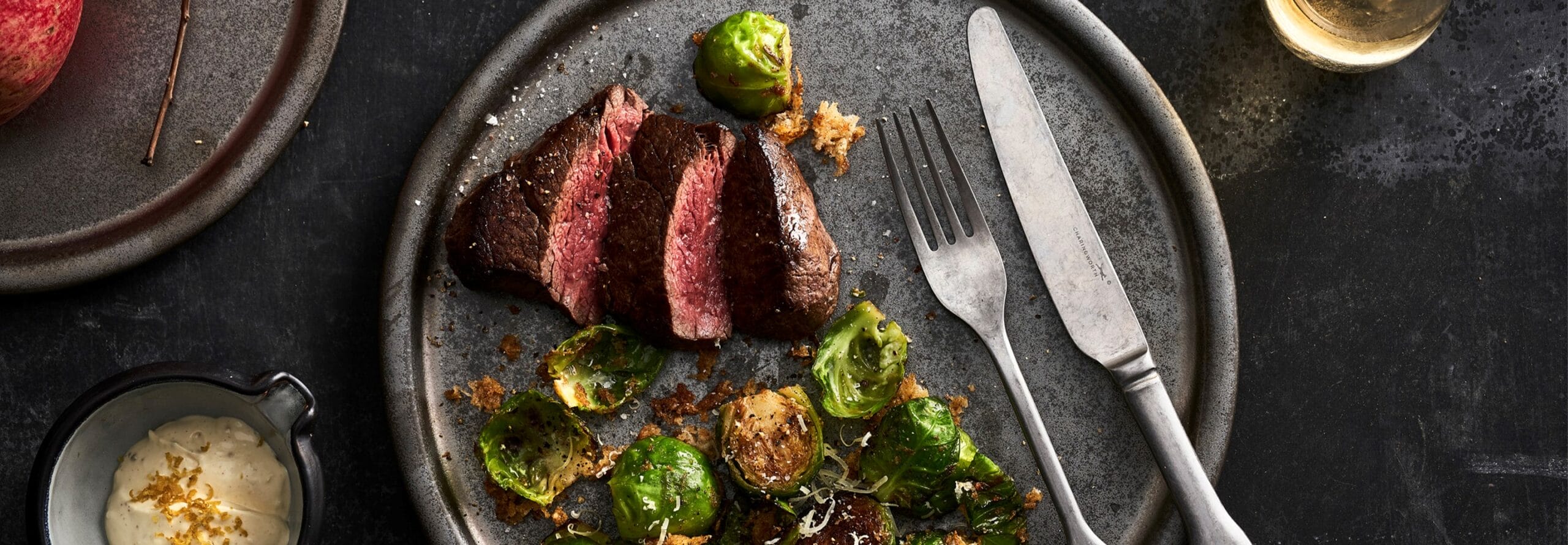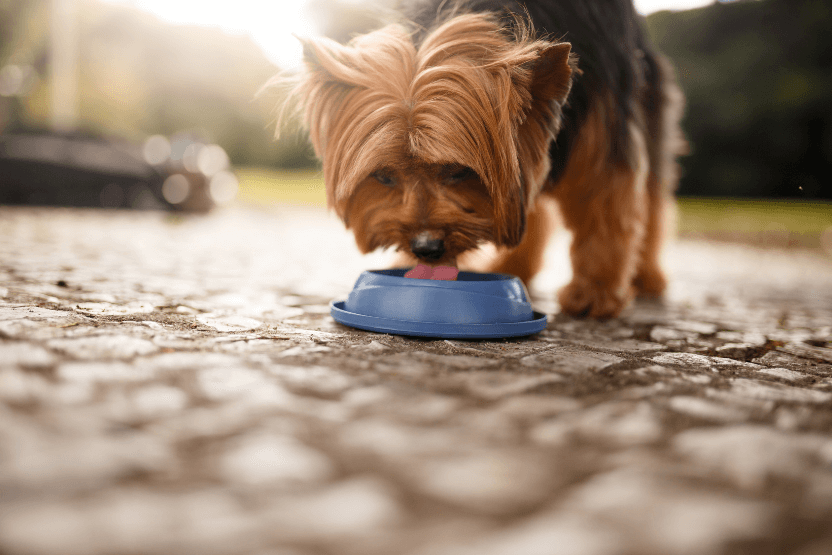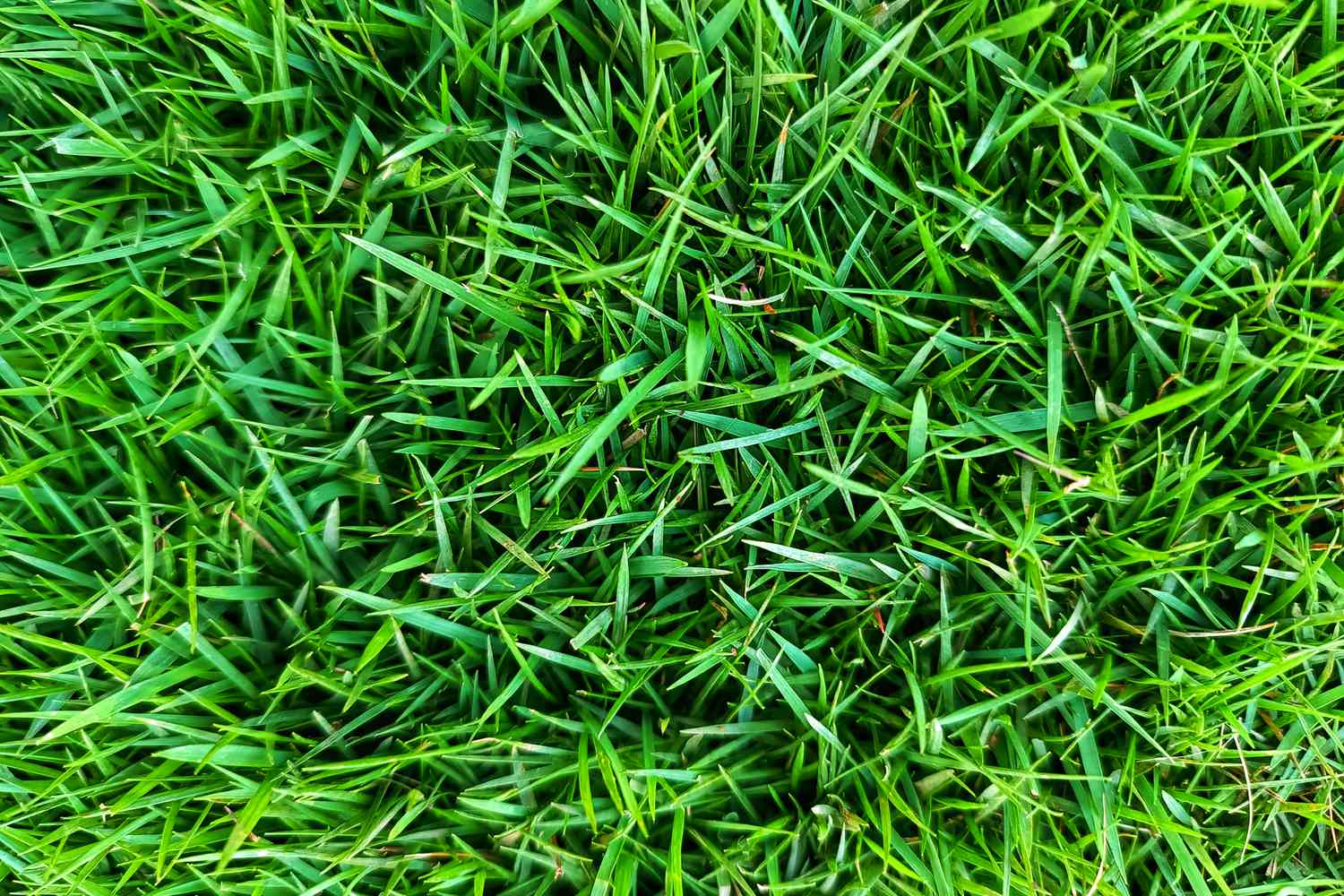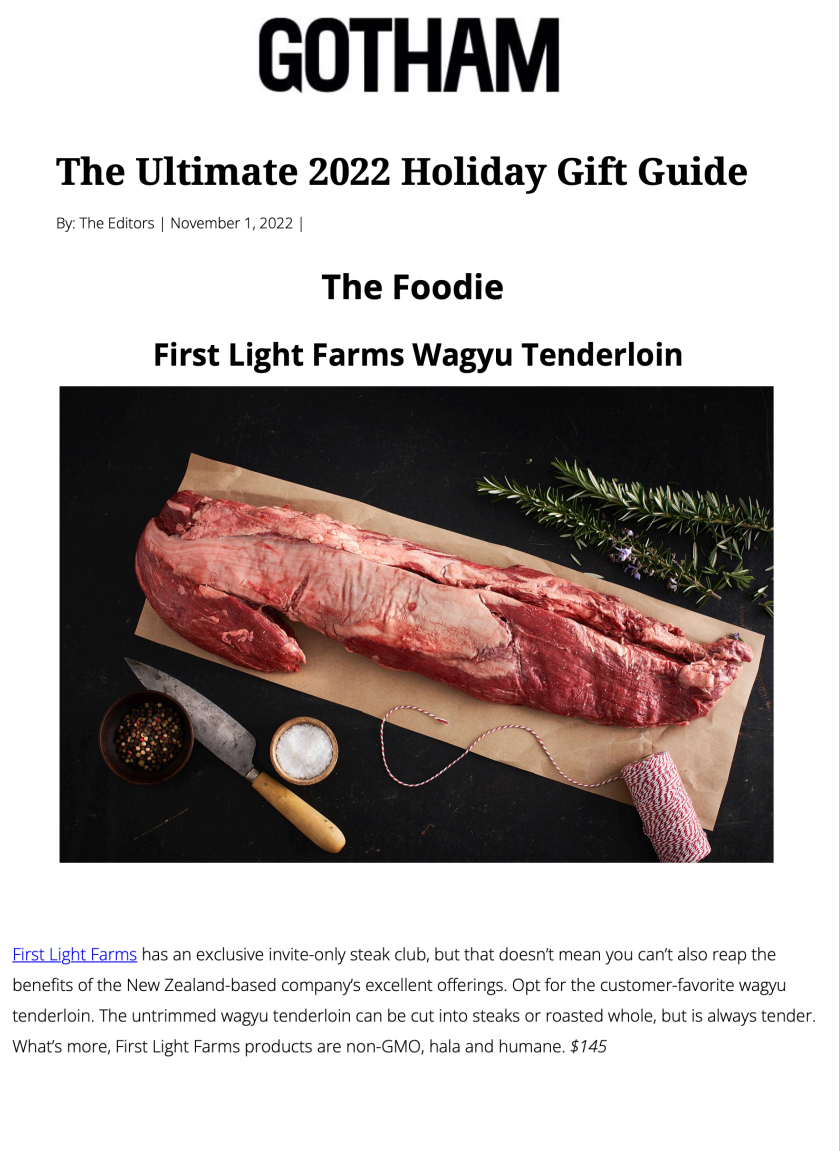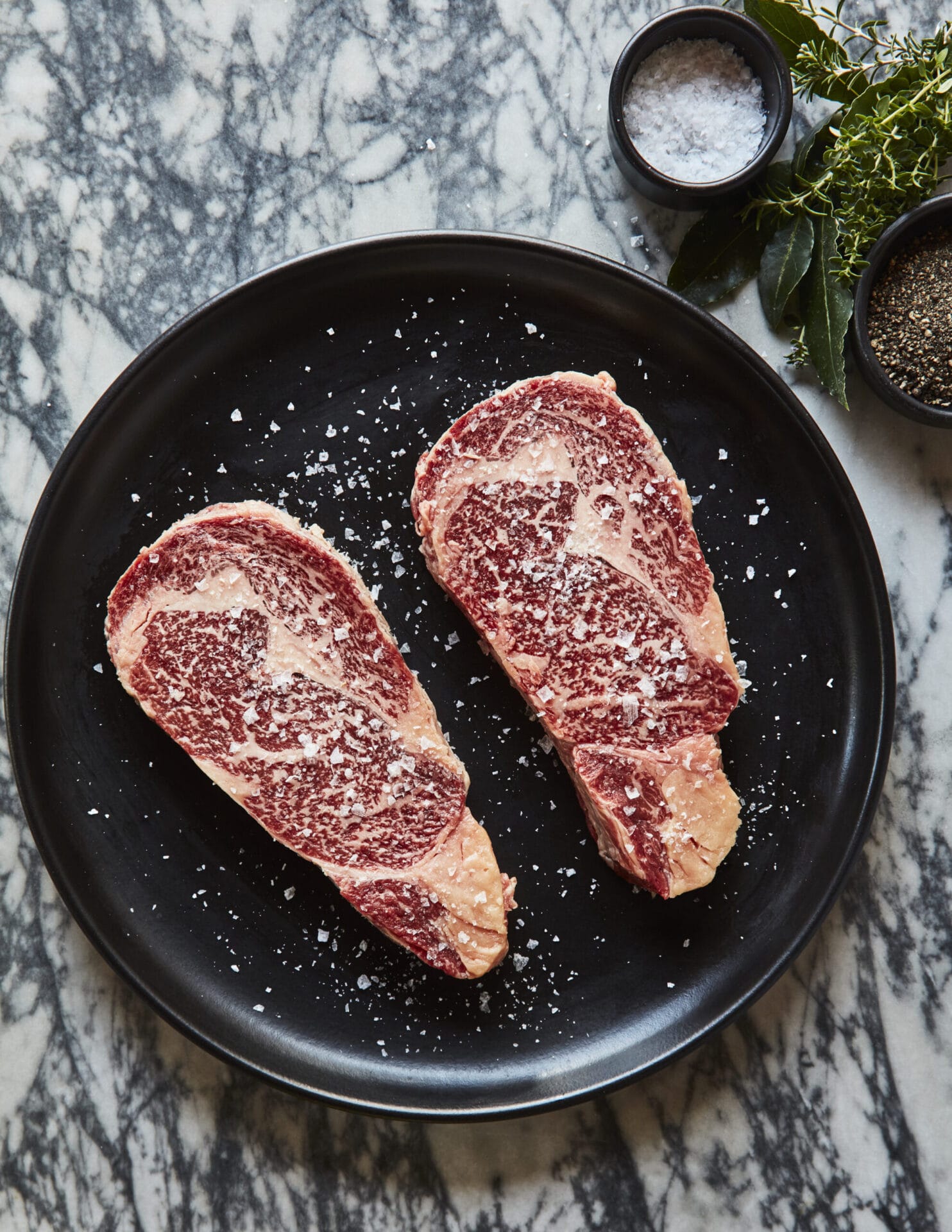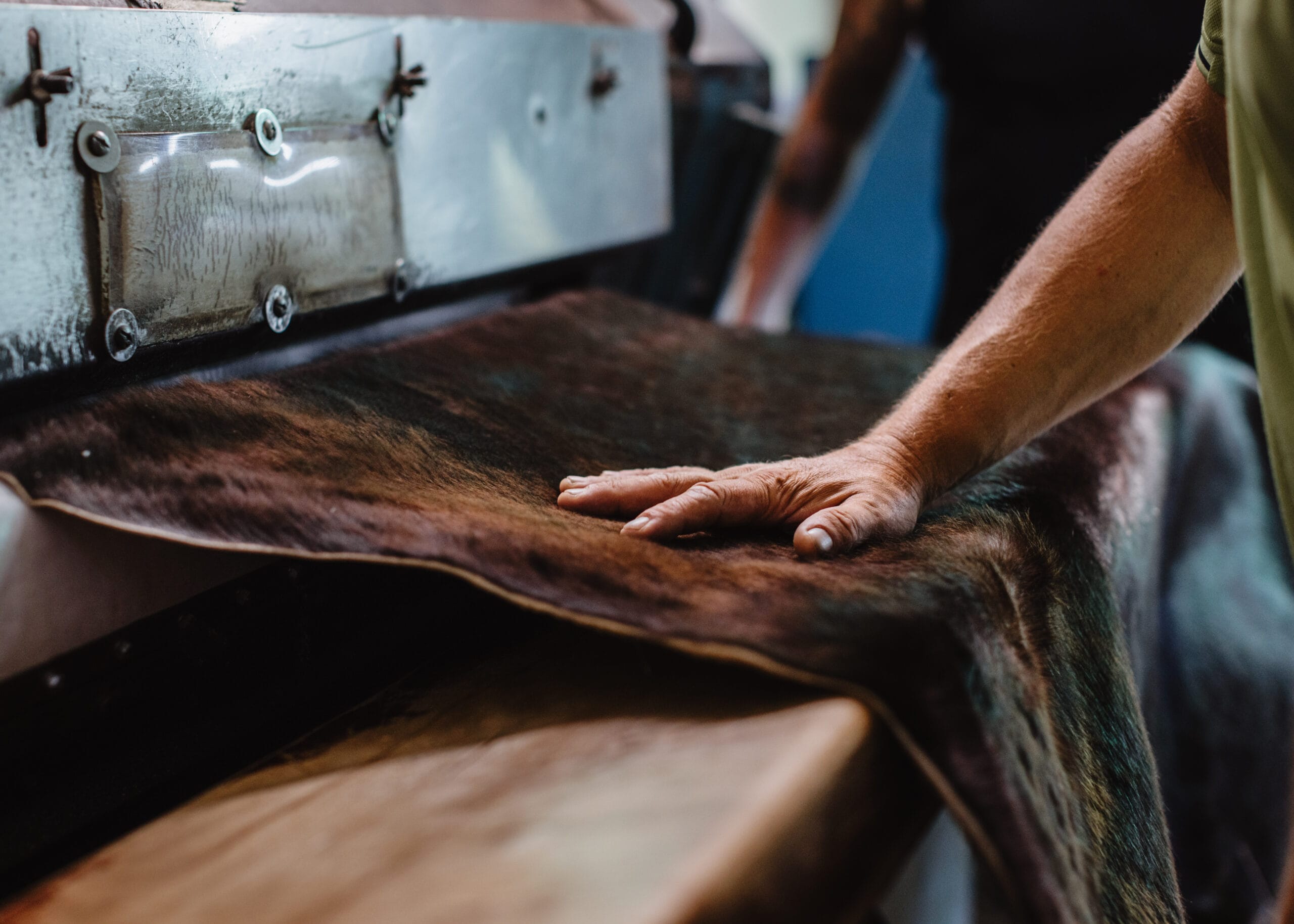
The ‘nose to toes’ project is a high priority for the team at First Light. There are several initiatives in the pipeline to optimise the whole animal and realise additional revenue, over and above the value of the meat. The key is creating products that not only match consumer demand, but ones that can be sustainably produced.
One such initiative is the recently released First Light Wagyu hide. Short haired but luxuriously thick, these 100% natural floor rugs are hardwearing, resilient to spills and can simply be vacuumed like other flooring in your home. Individually unique, these limited-edition hides are processed and finished by our tanning partner, Classic Sheepskins in Hawke’s Bay, New Zealand.
Established in 1969, Classic Sheepskins commission tan hides, following a very similar process to their primary business creating sheepskin baby rugs, footwear and homeware products. All skins and hides processed by Classic Sheepskins are a by-product of the meat industry and are individually marked and tracked throughout the process.
The First Light livestock team works with their farmers to identify well-finished – long hair and lush coats – cattle at the front end of winter (June / July) and in the middle of summer. From roughly 180 cattle viewed and selected at processing, the best 30 hides (often from the same farm, due to ideal climatic conditions) are sent to Classic Sheepskins for them to process in a batch.
The hides arrive at the factory, fleshed and salted to minimise deterioration and preserve them until the tanning process commences. As First Light Wagyu live their entire life outdoors, the hides are first submerged in a gigantic (5000L) soapy bath with moving paddles which removes the salt and cleans off any excess dirt before the hides (15-20 at a time) are placed in a large rotating tanning drum. Over the next 3-5 days the drum slowly turns allowing the organic, free from heavy metals tanning solution to penetrate the skins. Once the tanning is checked, the drum is drained with the contents recycled, enabling as low water usage as possible.
One of the key differences in the tanning process is that First Light hides are not split, creating multiple layers of leather. As a result, after tanning the hide is thicker and needs to be shaved on the non-hair side, making the skin more malleable and easier to work with, before it is stabilised. Neutralising the tanning and adding fat back into hide (fat-liquoring) ensures it doesn’t dry out and protects it from cracking over time.
Weighing more than 30kg each the wet hides are then wrapped over a drying frame (one Wagyu hide per frame, compared to six sheepskins), and hand-pegged with 30 toggles to keep them taut, retain their natural shape and to minimise shrinkage. The drying process takes up to two weeks due to the labour-intensive nature of fixing and removing the toggles, and that the 120 frames move through the drying unit in sequential order.
Once almost dry (the temperature is controlled to ensure some moisture is retained), the stiff as cardboard hides are taken from the frame and trimmed to remove any loose pieces. They are then softened in a dry drum – like a tumble dryer – which allows the hides to soften by knocking into one another and ensures that they lie flat on the floor when finished.
The last major process is ironing. A heated circular drum with teeth combs and irons the hair flat, softening the hide to bring back its natural lustre and shine. Each skin gets a final trim before being stamped so that it is traceable to the batch.
From start to finish a single hide takes up to three weeks to go through the entire process – the tanning and drying portions can’t be sped up – but due to capacity and the labour-intensive nature of tanning, the production lead time is up to 20 weeks, depending on volume and time of season. Hence the importance of salting the hides to preserve them (for up to one year) and remove timeframe constraints.
The hides are a completely natural and valuable by-product. Thirty percent of the skin is carbon, so locking all that carbon into a by-product ensures it is not sent to a landfill and released into the atmosphere. The shavings from the hide taken during the tanning process are collected to be used as fertiliser, due to nitrogen naturally occurring in the skin so don’t go to waste.
Classic Sheepskins’ tannage has been designed to be completely biodegradable. They are fully compliant with the local district council’s trade waste plan and have their own large tank farm onsite which enables them to recycle both water and tanning liquids. They are not only looking at their own carbon footprint, which starts for the skins when they leave the meat works, but also investing in R&D to understand how they can contribute to a full circle lifecycle.
The way the animals have been cared for is reflected in the finished hide – shiny, thick and luxurious to the touch.


